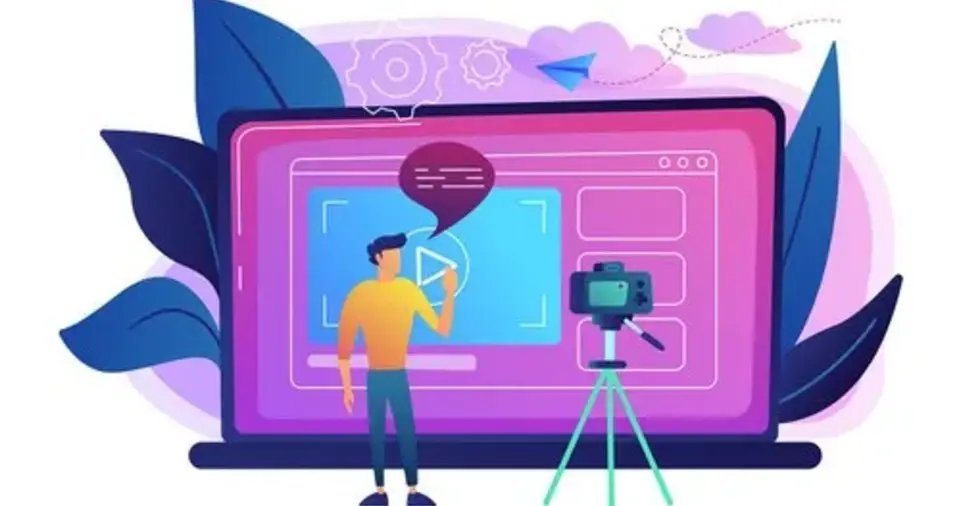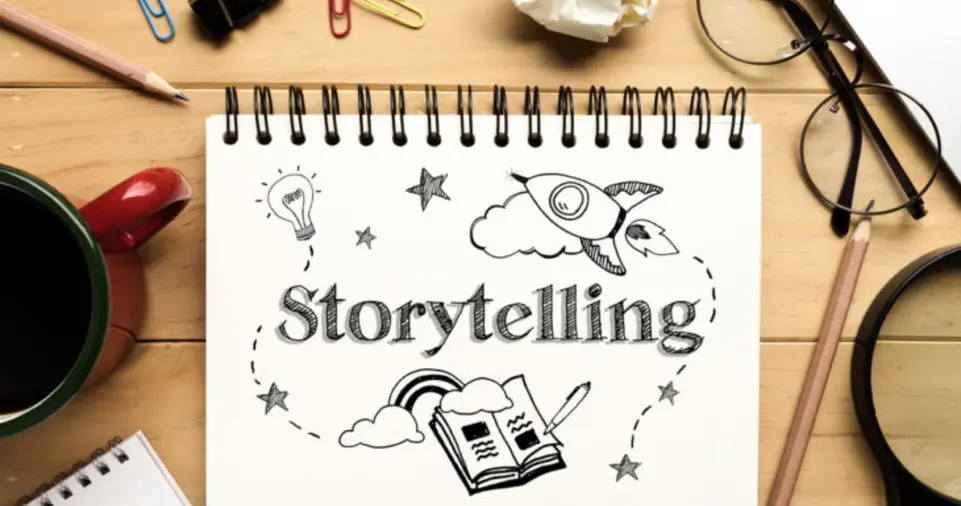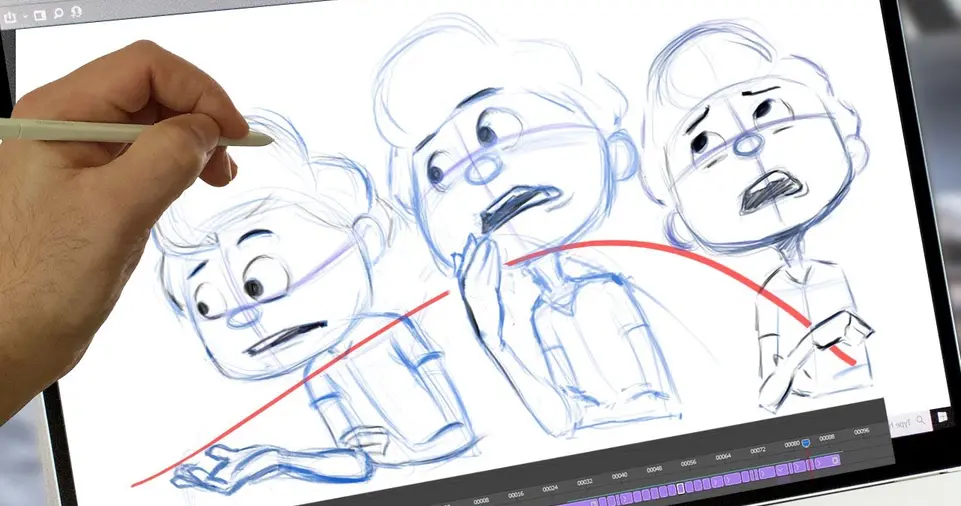In an increasingly digital and visual world, animation has emerged as one of the most effective tools for communication.
Whether used in education, marketing, psychotherapy, or entertainment, animation has a unique ability to engage, explain, and inspire.
Its ability to transcend language and cultural barriers makes it indispensable for conveying messages in creative, dynamic, and impactful ways.
This article explores the reasons behind animation’s effectiveness, its applications across industries, and how it harnesses abstract concepts and storytelling to connect with audiences.
Why Animation Works: The Psychology Behind Its Effectiveness
Animation’s impact stems from its ability to captivate the human mind.
Unlike static visuals or plain text, animation dynamically interacts with viewers, engaging them on multiple levels—visual, emotional, and cognitive.
Engaging Visual Appeal
Animation captures attention through vibrant colors, motion, and storytelling elements. Humans are inherently visual learners, with 90% of the information transmitted to the brain being visual.
Animated content processes faster and is more memorable than static visuals or text.
| Static Content | Animated Content |
|---|---|
| May lose viewer interest quickly. | Maintains attention with dynamic movement and vibrant visuals. |
Simplification of Complex Ideas
One of animation’s greatest strengths is its ability to simplify complex subjects.
By breaking down intricate processes or abstract ideas into digestible pieces, animation ensures better comprehension and retention.
For example:
- Explaining how a planet collided with Earth to form the Moon (a subject too big to film).
- Illustrating a microscopic biological process, like macrophages attacking viruses (a subject too small to film).
- Visualizing the coordination of dozens of aircraft with air traffic control (a subject too complex to depict with live-action footage).
Conveying Abstract Concepts
Animation extends beyond the limits of literal language, enabling creators to convey abstract ideas and emotions.
This is especially useful in psychotherapy, where metaphors and symbolism play a critical role.
For instance, animation can model alternate realities or depict internal struggles through visual allegories.
| Scenario | Animation’s Role |
|---|---|
| Explaining emotions | Uses colors and shapes to symbolize feelings. |
| Representing abstract ideas | Turns concepts like “freedom” or “hope” into visual metaphors. |
ALSO READ: How Animation Brings Stories to Life
Applications of Animation in Communication

Animation is a versatile medium with applications across industries. Below are some of the most significant fields where it is used:
Education and E-Learning
Animation transforms education into an interactive and enjoyable experience.
From animated tutorials to virtual labs, it enhances understanding and retention, making learning accessible to diverse audiences.
Benefits:
- Simplifies intricate subjects (e.g., physics principles).
- Engages visual learners with dynamic content.
- Offers language-neutral content for global audiences.
| Traditional Method | Animated Approach |
|---|---|
| Lengthy, text-heavy material. | Visual, engaging explainer videos. |
| Static diagrams. | Interactive, animated infographics. |
Marketing and Advertising
Animation is a cornerstone of modern marketing, enabling brands to stand out in crowded digital spaces.
Animated videos and ads are highly shareable and resonate with diverse audiences, making them perfect for platforms like Instagram and TikTok.
Why Animation Works for Marketing:
- Emotional storytelling: Builds brand loyalty.
- Simplifies products: Explains features with clarity.
- Boosts engagement: Drives higher click-through rates compared to static ads.
Healthcare Communication
In healthcare, animation plays a crucial role in educating patients, training medical professionals, and raising awareness.
Examples:
- Medical animations illustrate surgical procedures for patients, reducing anxiety.
- Animated infographics convey health statistics clearly.
| Challenge | Animation’s Solution |
|---|---|
| Communicating complex concepts. | Animated 3D models of the human body. |
| Explaining treatments to patients. | Visualizing step-by-step procedural animations. |
Corporate Training
Corporations use animation for employee training, making sessions more engaging and effective.
Animated scenarios simulate real-life challenges, improving understanding and decision-making.
Advantages:
- Converts dull compliance training into interactive modules.
- Offers consistent messaging for global teams.
Psychotherapy and Emotional Communication
Animation’s ability to reimagine and simplify emotions makes it a powerful therapeutic tool. Using metaphors, it helps clients access suppressed thoughts and emotions.
Example:
Animated shapes (e.g., triangles and squares) can depict emotions like “bullying” or “playfulness,” helping clients interpret their feelings symbolically.
Exploring the Types of Animation
Different types of animation serve unique purposes depending on the subject matter.
| Type of Animation | Purpose | Example |
|---|---|---|
| 2D Animation | Simplifies storytelling with clean visuals. | Educational videos for children. |
| 3D Animation | Brings realism to concepts that require depth. | Medical simulations. |
| Stop-Motion | Adds tactile, handcrafted appeal. | Artistic short films. |
| Motion Graphics | Emphasizes data visualization and dynamic text. | Corporate presentations. |
Animation’s Role in Storytelling and Cognitive Processing

Animation isn’t just a visual tool; it’s also a medium for storytelling that resonates with the human mind’s innate narrative tendencies.
As Yuval Harari noted, humans are natural storytellers, interpreting the world through subjective narratives shaped by past experiences.
Animation allows these stories to be reshaped, offering alternate perspectives and possibilities.
Bypassing Cognitive Filters
Language often imposes limitations on communication, particularly for those with learning challenges like ADHD or dyslexia.
Animation bypasses these barriers by using visual metaphors, unlocking emotions, and making complex ideas accessible.
Activating Predictive Minds
Research shows that humans actively predict and interpret the world based on past experiences.
Animation taps into this by presenting symbolic narratives that challenge old scripts, offering new ways to perceive and interact with the world.
Advantages of Animation Over Other Media
| Aspect | Animation | Live-Action Video |
|---|---|---|
| Creativity | Limitless possibilities (e.g., surreal worlds). | Bound by physical constraints. |
| Cost-Effectiveness | Reusable assets lower production costs. | Reshoots increase costs. |
| Accessibility | Culturally adaptable, language-neutral. | Requires localization and subtitles. |
Emerging Trends in Animation for Communication
Animation continues to evolve, incorporating emerging technologies to expand its impact:
- Interactive Animations – Allow user interaction for immersive experiences.
- Augmented Reality (AR) Animations – Blend digital elements with real-world settings.
- AI-Generated Animation – Automates the creation of high-quality animations.
- Virtual Reality (VR) – Offers fully immersive animated environments.
ALSO READ: How to Overcome the Initial Struggles of Learning to Code
Conclusion
Animation is far more than entertainment—it’s a transformative medium for communication.
Its ability to simplify, engage, and evoke emotion makes it a powerful tool for education, marketing, psychotherapy, and beyond.
By transcending the limitations of language and physical constraints, animation enables creators to tell stories that resonate deeply with audiences, challenging perceptions and inspiring change.
As technology advances, the potential for animation in communication continues to grow, making it an essential tool for the future.

